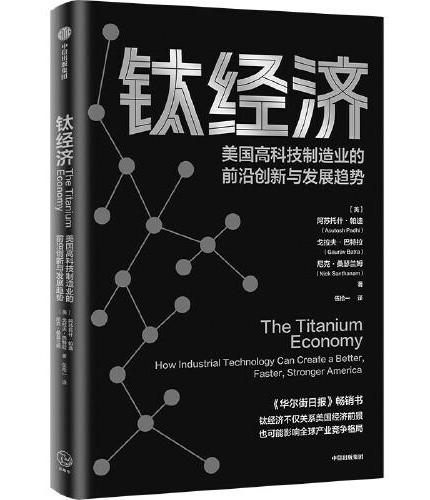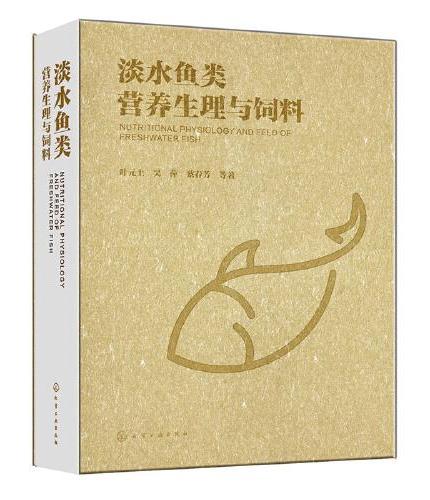新書推薦:

《
钛经济
》
售價:NT$
352.0

《
甲骨文丛书·无垠之海:世界大洋人类史(全2册)
》
售價:NT$
1469.0

《
中国救荒史
》
售價:NT$
500.0

《
三十六计绘本(共8册)走为上计+欲擒故纵+以逸待劳+无中生有+金蝉脱壳+浑水摸鱼+打草惊蛇+顺手牵羊 简装
》
售價:NT$
808.0

《
茶之书(日本美学大师冈仓天心传世经典 诗意盎然地展现东方的智慧和美学 收录《卖茶翁茶器图》《茶具十二先生图》《煎茶图式》《历代名瓷图谱》等86幅精美茶室器物图)
》
售價:NT$
296.0

《
云冈:人和石窟的1500年
》
售價:NT$
332.0

《
淡水鱼类营养生理与饲料
》
售價:NT$
1520.0

《
人体结构绘画重点
》
售價:NT$
653.0
|
| 內容簡介: |
|
《Wind Turbine Aerodynamic Performance Calculation(风力机空气动力性能计算方法)》系统阐述了风力机空气动力性能的主流计算方法。*先介绍了与风力机有关的空气动力学基础理论,然后详细论述了叶素动量方法、涡尾迹方法和计算流体力学方法,给出了方法介绍、公式推导、计算流程和算例分析。这三种计算方法是风力机空气动力学从工程计算到理论研究的重要工具,相关论述具有突出的理论和实践意义。
|
| 目錄:
|
Contents
Part 1 Fundamentals of Wind Turbine Aerodynamics
Chapter 1 Physical Properties of Air 3
1.1 Continuum assumption 3
1.2 Pressure, density, and temperature 4
1.2.1 Definitions of pressure, density, and temperature 4
1.2.2 Ideal gas equation of state 4
1.3 Compressibility, viscosity, and thermal conductivity 5
1.3.1 Compressibility 5
1.3.2 Viscosity 6
1.3.3 Thermal conductivity 8
1.4 Inviscid and incompressible assumptions. 8
1.4.1 Inviscid assumption 8
1.4.2 Incompressible assumption 9
References 9
Chapter 2 Description of Air Motion 10
2.1 Motion of fluid microelements 10
2.1.1 Analysis of fluid microelement motion 10
2.1.2 Velocity divergence and its physical meaning 13
2.1.3 Curl and velocity potential function 14
2.2 Continuity equation 15
2.3 Governing equations of inviscid flow. 16
2.3.1 Euler equations of motion 16
2.3.2 Bernoulli equation 19
2.4 Governing equations of viscous flow 21
2.5 Viscous boundary layer 23
2.5.1 Concept of the boundary layer 23
2.5.2 Boundary layer thickness 23
2.5.3 Pressure characteristics in the boundary layer 26
2.5.4 Boundary layer equations 26
2.5.5 Flow separation 27
2.6 Basic concepts of turbulence 28
2.7 Turbulent wind in the atmospheric boundary layer 31
2.7.1 Basic characteristics of the atmospheric boundary layer 31
2.7.2 Characteristics of the mean wind speed 32
2.7.3 Characteristics of turbulent wind 33
References 34
Chapter 3 Fundamentals of Airfoils 36
3.1 Airfoil geometry 36
3.1.1 Geometric parameters of airfoil 36
3.1.2 Numbering of typical airfoils 38
3.1.3 Parametric description of airfoil geometry 39
3.2 Aerodynamics of airfoils 40
3.2.1 Flow around airfoil 40
3.2.2 Aerodynamic coefficients of airfoil 42
3.2.3 Aerodynamic characteristics of airfoil 43
References 45
Part 2 Blade Element Momentum Method
Chapter 4 Steady Blade Element Momentum Method 49
4.1 Momentum theory 49
4.2 BEM theory 52
4.3 Effect of blade number 56
4.4 Effect of high thrust coefficient 57
4.5 Iterative solution of BEM method 58
4.6 Calculation example 61
References 63
Chapter 5 Correction Models 65
5.1 Tip-loss correction models 65
5.1.1 Prandtl model65
5.1.2 Glauert series models 67
5.1.3 Goldstein model 68
5.1.4 Shen model 68
5.1.5 Zhong model 70
5.1.6 Blade-root correction 70
5.2 3 D rotational models 71
5.2.1 Category 1 models 72
5.2.2 Category 2 models 74
5.3 Dynamic stall models 75
5.3.1 Beddoes-Leishman model 77
5.3.2 ye model 86
5.3.3 ONERA model 87
5.3.4 Boeing-Vertol model 87
5.3.5 Coupling of dynamic stall model and 3D rotational effects 88
References 91
Chapter 6 Unsteady Blade Element Momentum Method 94
6.1 Coordinate transformation 94
6.2 Calculation of induced velocity 97
6.3 Dynamic inflow model 100
6.4 Dynamic wake model 101
6.5 Yaw/Tilt model 102
6.6 Calculation steps of unsteady BEM method 103
References 106
Part 3 Vortex Wake Method
Chapter 7 Fundamentals of Vortex Theory 109
7.1 Vortex lines, vortex tubes, and vortex strength 109
7.2 Velocity circulation and Stokes theorem 111
7.3 Biot-Savart law 115
7.4 Vortex models 117
7.4.1 Model of vortex core 117
7.4.2 Vortex core radius and dissipation model 120
7.5 Helmholtz vortex theorem 121
7.6 Kutta-Joukowski lift theorem 122
7.6.1 Flow around a cylinder 122
7.6.2 Circulation and lift 125
References 126
Chapter 8 Computational Models of Vortex Wake 127
8.1 Definition of coordinate systems 128
8.2 Models of vortices 130
8.2.1 Models of vortices attached to blades 130
8.2.2 Models of wake vortices 131
8.3 PVW model 134
8.4 FVW model 136
8.4.1 Governing equations for vortex filaments 136
8.4.2 Description of initial wake. 136
8.5 Flow field computation 137
8.5.1 Wake discretization 137
8.5.2 Computation of attached vortex circulation 138
8.5.3 Computation of rotor aerodynamic performance 140
8.5.4 Computation of induced velocity 141
References 144
Chapter 9 Solving Aerodynamic Performance of Wind Turbines 146
9.1 Solution of steady PVW model 146
9.1.1 Solution process 146
9.1.2 Computation example 149
9.2 Solution of steady FVW model 150
9.2.1 Relaxation iterative method 150
9.2.2 Solution process 152
9.2.3 Computation example 153
9.3 Unsteady PVW method 154
9.3.1 Calculation of inflow wind speed 154
9.3.2 Induced velocities 156
9.3.3 Coupling of dynamic stall models 157
9.3.4 Computation example 158
9.4 Unsteady FVW method. 159
9.4.1 Time-stepping method 159
9.4.2 Computation steps 163
9.4.3 Computation example 163
References 164
Part 4 Computational Fluid Dynamics Method
Chapter 10 Fundamentals of Computational Fluid Dynamics 169
10.1 Brief introduction to CFD 169
10.2 Mathematical description of incompressible viscous flow
|
|










